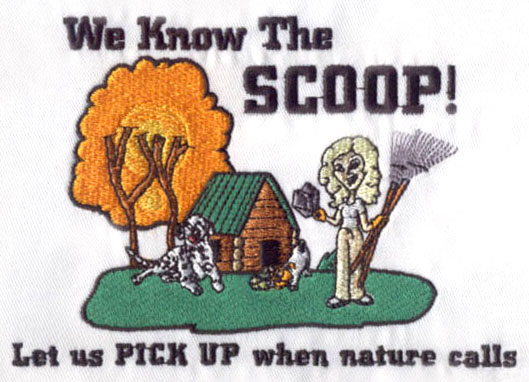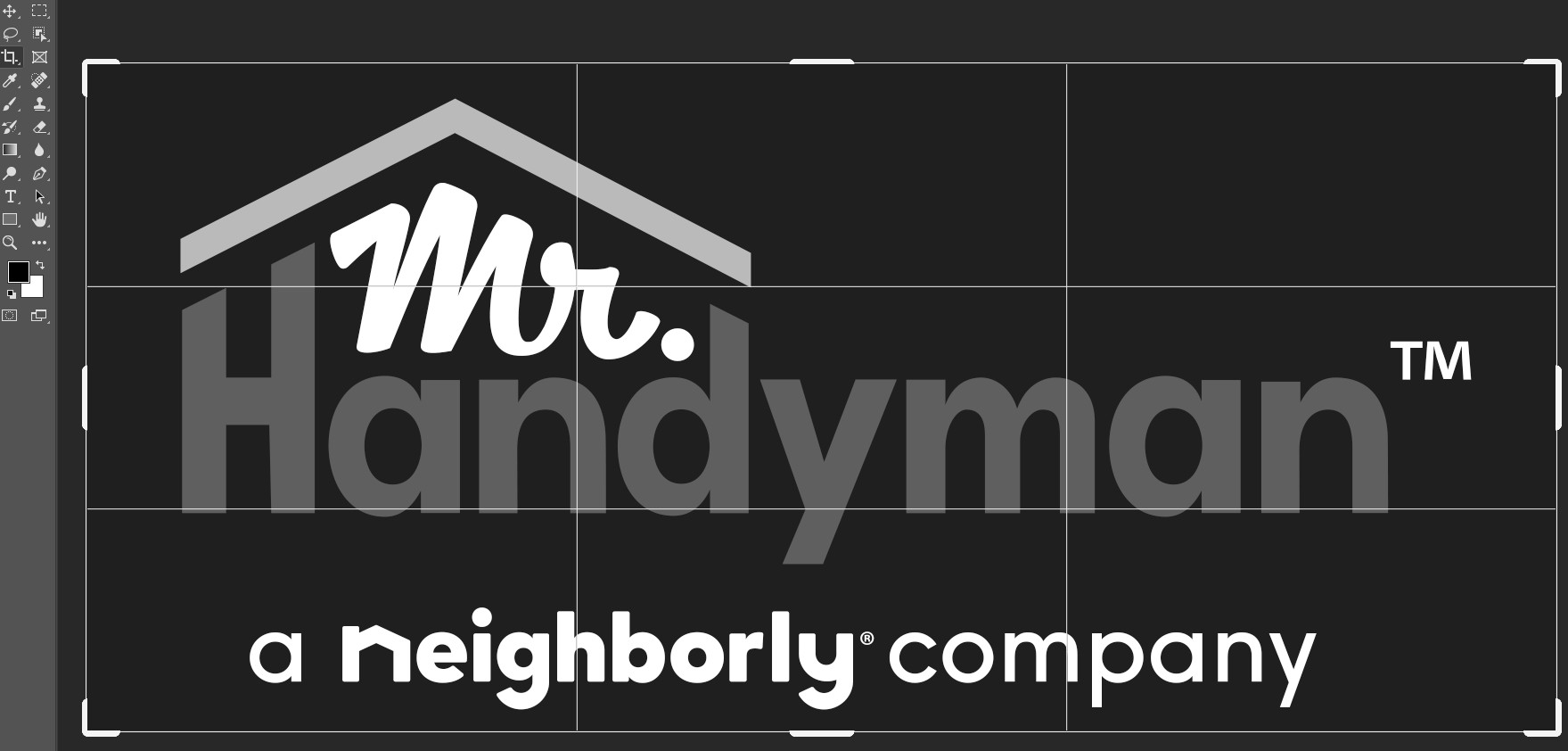Innovative Thread Choices: Exploring New Frontiers in Embroidery Materials
Embroidery, an ancient art form dating back centuries, has witnessed a fascinating evolution in materials and techniques. Traditionally, embroidery was synonymous with threads made from natural fibers like cotton, silk, and wool. However, the contemporary embroidery landscape has undergone a revolution, with the emergence of innovative thread choices that open up new possibilities for artists and designers. In this blog, we will delve into the world of innovative thread choices, exploring materials that push the boundaries of traditional embroidery.
1.
Metallic Threads: Adding Luster and Dimension
Metallic threads inject a touch of glamour and sophistication into embroidery projects. Comprising metallic-coated polyester or nylon, these threads create a dazzling effect, catching and reflecting light to produce a shimmering, three-dimensional finish. Metallic threads are versatile, lending themselves well to both delicate designs and bold, statement pieces. They are particularly popular for festive and celebratory embroidery, as they evoke a sense of opulence and luxury.
2.
Glow-in-the-Dark Threads: Illuminating Designs
Imagine embroidery that comes to life in the dark—this is the magic of glow-in-the-dark threads. Infused with light-sensitive pigments, these threads absorb light during the day and emit a soft glow in low-light conditions. Popular in novelty and children's embroidery, glow-in-the-dark threads add an element of surprise and playfulness. They are ideal for creating unique designs that take on a different character when the lights go out.
3.
Bamboo Threads: Sustainable Elegance
As sustainability becomes a focal point in various industries, embroidery is no exception. Bamboo threads have emerged as an eco-friendly alternative to traditional materials. Derived from bamboo fibers, these threads offer a silky and smooth texture, making them a delight to work with. Bamboo is a fast-growing and renewable resource, making it an environmentally conscious choice for those looking to reduce their ecological footprint in embroidery projects.
4.
Variegated Threads: Dynamic Color Transitions
Variegated threads are a dynamic choice for adding visual interest to embroidery. These threads feature multiple colors in a single strand, creating captivating color transitions within a design. The result is a sense of movement and depth, as the colors blend and shift seamlessly. Variegated threads are particularly effective for creating gradients in landscapes, floral motifs, and abstract designs, providing a painterly quality to the stitched artwork.
5.
Water-Soluble Threads: Dissolving Boundaries
Water-soluble threads open up exciting possibilities for creating temporary or disappearing elements in embroidery. These threads are designed to dissolve completely when exposed to water, leaving only the embroidered design behind. This innovative material is often used for freestanding lace, appliqué, and temporary stabilizing components. Water-soluble threads allow for intricate and delicate designs that would be challenging to achieve with traditional threads.
6.
Recycled Threads: Stitching with a Purpose
Embroidery enthusiasts increasingly embrace sustainability in their craft, and recycled threads provide a means to do so. Crafted from reclaimed fibers or recycled materials, these threads minimize waste and contribute to a circular economy. Recycled threads come in various textures and colors, offering a guilt-free option for environmentally-conscious embroiderers. They are a tangible way to make a positive impact on the environment while engaging in creative expression.
7.
Velvet Threads: Luxurious Texture
Velvet threads introduce a tactile and luxurious element to embroidery. Composed of a soft, velvety pile, these threads create a plush texture that adds depth and richness to designs. Velvet threads are especially effective for embellishing textiles and garments, as they mimic the sumptuous feel of velvet fabric. They provide a visually striking contrast when combined with traditional flat threads, allowing for the creation of intricate and textured surfaces.
8.
Solar-Activated Threads: Harnessing the Power of the Sun
Solar-activated threads are a marvel of modern technology, offering embroidery that reacts to sunlight. These threads change color or become more vibrant when exposed to UV rays. Ideal for outdoor and sunlit spaces, solar-activated threads bring an interactive and dynamic element to embroidery projects. They are perfect for creating designs that evolve with the changing intensity of natural light.
9. Cork
Threads: Natural Elegance
Cork threads introduce a touch of nature into the embroidery palette. Made from finely ground cork, these threads offer a unique texture and appearance reminiscent of cork fabric. Cork threads are lightweight and eco-friendly, making them an attractive choice for those seeking natural and sustainable materials. They add a distinctive character to embroidery designs, particularly those inspired by organic and earthy themes.
10. 3D
Embroidery Threads: Adding Dimensionality
Traditional embroidery often focuses on creating 2D designs, but 3D embroidery threads break free from this constraint. These threads are engineered to create raised and textured surfaces, adding a sculptural quality to stitched artwork. 3D threads are ideal for enhancing floral motifs, animal fur, and other elements that benefit from a heightened sense of realism. They elevate embroidery from a visual art form to a tactile and interactive experience.
Embracing Innovation in
Embroidery
Embroidery, once
confined to the realm of traditional materials, has evolved into a diverse and
dynamic field thanks to innovative thread choices. Artists and designers now
have an extensive palette of materials to choose from, allowing them to push
the boundaries of creativity and expression. Whether it's the luster of
metallic threads, the sustainability of bamboo, or the interactive nature of
solar-activated threads, these innovative choices empower embroiderers to craft
unique and captivating works of art.
In conclusion, as
technology advances and sustainability becomes increasingly important, the
world of embroidery continues to evolve. The exploration of new and innovative
thread choices not only expands the artistic possibilities but also aligns
embroidery with contemporary values. So, the next time you pick up your
embroidery hoop, consider experimenting with these innovative
threads to add a touch of modernity and uniqueness to your creations.



